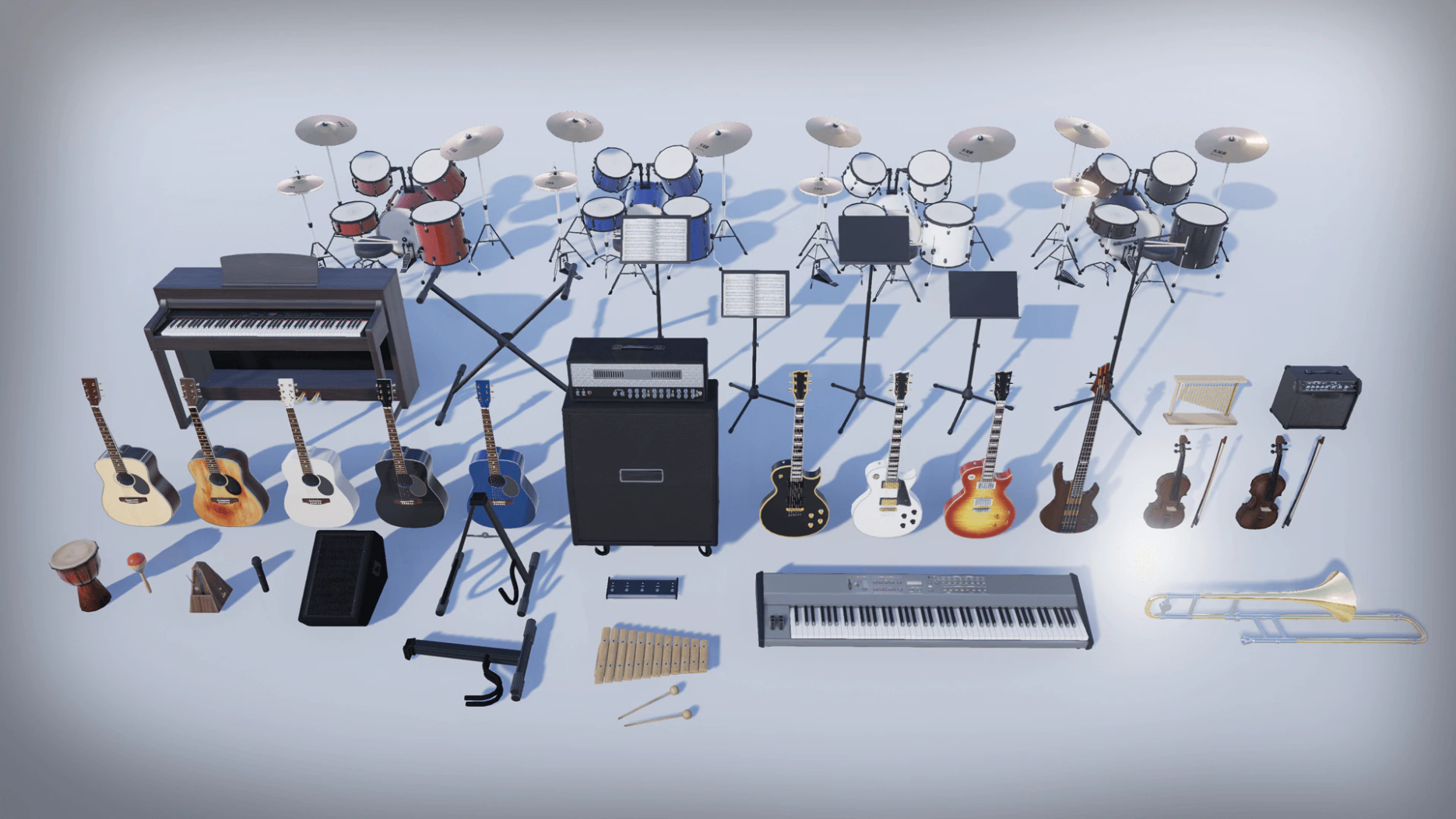All musical instruments can produce a variety of sounds that are used to compose music. The sounds are made up of a combination of frequencies that give rise to the specific timbre or tone of the sound. These timbres vary from one instrument to another.
They are also grouped into families according to how they make their sounds. These families are strings, woodwinds, brass, keyboards, and percussion.
Woodwinds are the most diverse family of musical instruments. These include flutes, clarinets, oboes, bassoons, and saxophones. Some of these instruments have several reeds, others have a single reed. All of these instruments create their sound by blowing air (the sound of the wind) inside them.
Historically, these instruments have been built from a number of different materials, including bone, horn, metal, and wood. However, modern technology has made it possible to use a wider range of materials, including plastics, to create a variety of musical instruments.
The development of these instruments has been influenced by four factors: the availability of materials; technological skills; mythic and symbolic preoccupations; and patterns of trade and migration.
A wide variety of woodwinds are played throughout the world, and many are renowned for their distinct sound and appearance. Some of the most well-known woodwinds are the flute, piccolo, oboe, harmonica, English horn, bagpipe, shehnai, and saxophone.
Some of these woodwinds are even played by people who have no musical background! They are popular in folk music, jazz, and classical.
These woodwinds are very similar to the brass family, except that they do not have valves or keys to change their pitch. They produce their sound by blowing air over a reed, between two reeds, or across an edge of the mouthpiece.
This makes them easier to play than other instruments in the brass family, such as trumpets, which have valves and a slide that moves from one position to another in order to change pitch.
They are especially easy to learn if you have already started learning a keyboard or an organ, and they can also be very useful for composing songs and other types of music.
It’s important to remember that there are many ways to play an instrument, and learning one will take time and practice. The key is to be patient and persistent, and to set aside a regular amount of time for practice every day.

A good way to learn an instrument is to take lessons from a teacher who is experienced in playing the instrument you want to play. They will teach you the basics, and also give you a foundation in music theory.
Then, you can start practicing at home on your own, or you can join a local band or orchestra. If you’re a beginner, be sure to listen closely and watch other players to get an idea of how to play your instrument correctly.
There are a variety of different types of musical instruments, and the list is constantly growing. If you’re interested in playing a musical instrument, there are many resources available online and in local music shops. Getting the right instrument is an investment in your future, so don’t be afraid to try!







